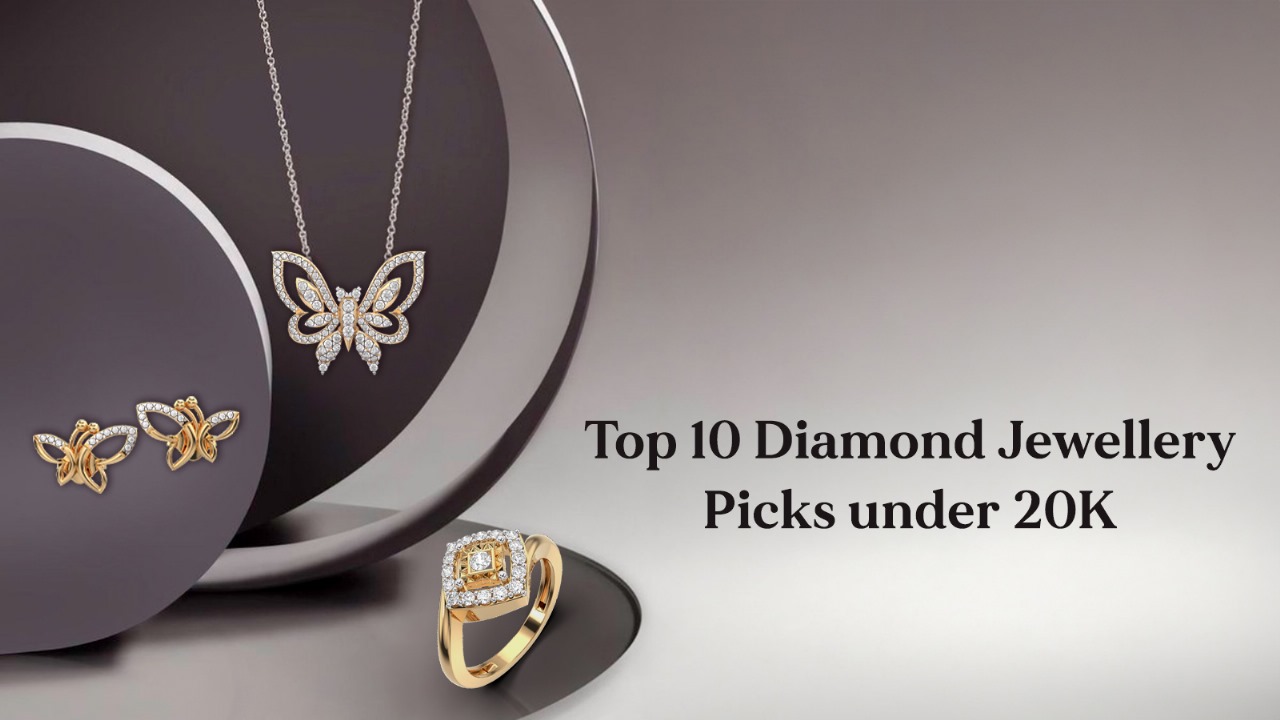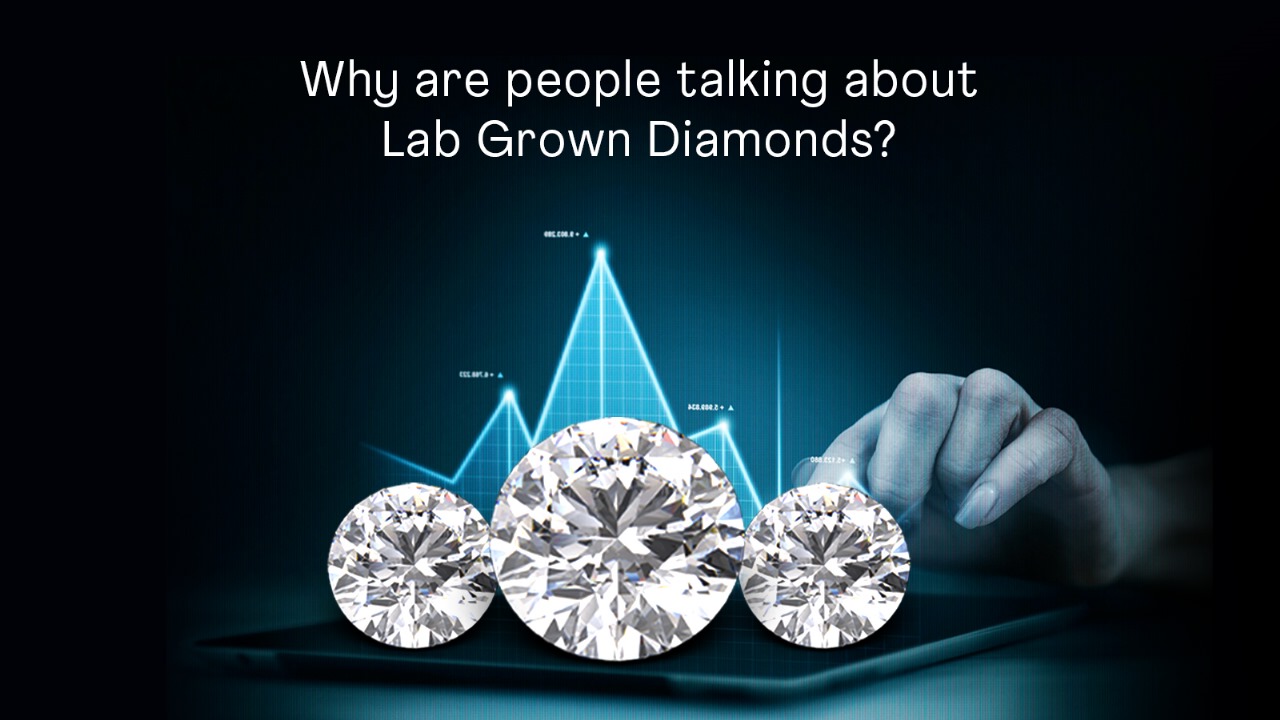At Jewelbox, we are passionate about lab-grown diamonds. It’s no wonder we’ve made it our mission to spread happiness through them! Our goal is to make sure that you fall in love with diamonds and return for more. We know that once you own a diamond, you own a treasure that you can cherish for a lifetime.
While we all love them, do we know enough about the processes involved in creating lab-grown diamonds? Let’s bust some common myths and end the confusion by learning more about them. Explore how lab-grown diamonds are created using HPHT and CVD methods in this blog with us. Each method is special in its own right and you are sure to love your very own lab-grown diamond purchase.
Ready to find out more about these alluring beauties? Let’s dive in!
HPHT Diamonds
With the increasing need for ethical diamonds, scientists raced to attempt and create a diamond in the laboratory. This led to the creation of the first lab-grown diamond by General Electric (GE) in the early 1950s. The traditional method of creating lab-grown diamonds, HPHT, is known as the high-pressure, high-temperature method.
It was a breakthrough invention which caused an uproar in the diamond industry and is continued to be used in the creation of lab-grown diamonds even today.
Let us find out how diamonds are created using the HPHT method (Source: GIA).
-
THE HPHT diamond growth process:
- A diamond seed is placed in a specifically designed press.
- The growth chamber is heated to 1300-1600 °C with pressures above 870,000 pounds per square inch.
- The molten metal dissolves the high-purity carbon source.
- Carbon atoms precipitate on a small diamond seed crystal, and a synthetic diamond begins to grow.
- The lab-grown crystal is then cut and polished by a diamond cutter.
Within a short span of days, a lab-grown diamond is born! With properties identical to natural diamonds, the HPHT method was revolutionary for creating lab-grown diamonds. The invention paved the way for the lab-grown diamond industry and led to the ever-increasing and expansive popularity of lab-grown diamonds across the world.
CVD Diamonds
While the term ‘CVD’ might seem unfamiliar to you, it is fairly straightforward to understand. A CVD diamond is a new-age form of lab-grown diamond. These diamonds are grown in labs using a process called Chemical Vapour Deposition, or CVD. Let’s learn about how these diamonds are created below. (Source: Queensmith).
-
Chemical Vapour Deposition (CVD) diamond-making process:
- A thin diamond seed is selected and placed in a sealed chamber
- The chamber is heated to around 800°C and flooded with carbon-rich gas
- The gas ionises, breaking down into pure carbon
- The pure carbon molecules attach to the original diamond seed
- This process continues until a fully formed diamond is created
Following the formation of the diamond with the method mentioned above, the diamond is further worked on in the laboratory. It is meticulously cut and polished by a professional technician and then graded before it enters the market.
At the end of its formation journey, the CVD diamond resembles a natural diamond in all aspects- optically, chemically and physically. Even the most skilled technician may not be able to tell them apart with the naked eye. This is because they shine in full glory just like naturally occurring diamonds. Isn’t the creation process of a CVD diamond simply fascinating? We definitely think so!
Conclusion
So there you have it! Although lab-grown diamonds can be created using different methods, no method is superior to the other. In either case, a glistening lab-grown diamond beauty will be yours to cherish till eternity.
And do you know what’s the most exciting part? Despite being identical to natural diamonds, lab-grown diamonds can be nearly 60-80% more affordable than their natural counterparts. While their characteristics are exactly the same, their prices differ drastically because of the way they are manufactured.
In the coming decades, the lab-grown diamond industry is expected to become even more popular with technological advancements. Aside from being cost-effective, lab-grown diamonds do not negatively impact the environment during their production and are the choice of Millennials worldwide. At Jewelbox, we can’t wait to witness the incredible heights this industry is predicted to reach very soon!
Ready to shop for your very own lab-grown diamond? Now is the perfect time to buy the diamond of your dreams! With Jewelbox, diamonds are for everyone.




